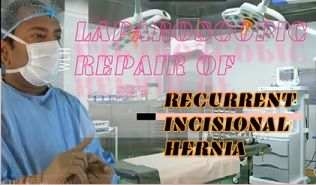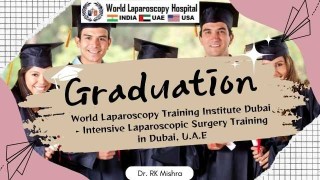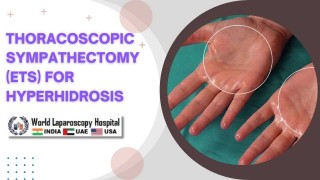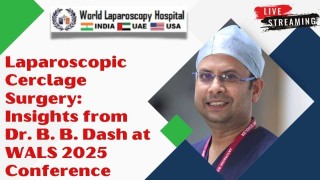Laproscopic Appendicectomy Lecture by Dr R K Mishra
Add to
Share
310 views
Report
2 months ago
Description
Laparoscopic appendicectomy has become the gold standard treatment for acute and recurrent appendicitis worldwide. In his comprehensive lecture, Dr. R. K. Mishra, one of the world’s leading pioneers in minimal access surgery and Director of World Laparoscopy Hospital, explains the principles, techniques, and advantages of this procedure with unmatched clarity. Introduction to Laparoscopic Appendicectomy Dr. Mishra begins the lecture by highlighting the importance of appendectomy as one of the most frequently performed emergency surgeries. He emphasizes how laparoscopy has revolutionized the field, replacing conventional open surgery with a minimally invasive approach that ensures quicker recovery, less postoperative pain, and better cosmetic results. Indications and Patient Selection In his lecture, Dr. Mishra carefully explains the indications for laparoscopic appendicectomy, including: Acute appendicitis Recurrent appendicitis Interval appendectomy after conservative treatment of appendicular lump Diagnostic uncertainty where laparoscopy provides both diagnosis and treatment He also outlines contraindications such as uncontrolled sepsis or severe comorbidities, stressing the importance of individualized patient evaluation. Surgical Steps and Technique The lecture is enriched with detailed descriptions, high-definition surgical videos, and illustrations. Dr. Mishra walks through the step-by-step operative technique: Patient Positioning and Port Placement – Supine with Trendelenburg tilt, typically with three ports. Exploration and Diagnosis – Initial laparoscopy to confirm appendicitis and rule out other pathology. Mobilization of the Appendix – Using atraumatic instruments to carefully expose and skeletonize the appendix. Securing the Mesoappendix – Controlled dissection with harmonic scalpel, bipolar cautery, or clips. Appendicular Base Management – Secure ligation with endoloops, intracorporeal knot, or stapler. Specimen Retrieval – Placing the appendix in an endobag to prevent contamination. Irrigation and Closure – Peritoneal lavage if required, followed by port closure. Technical Pearls and Safety Tips A highlight of Dr. Mishra’s teaching style is his focus on practical tips and error prevention. He explains: How to avoid cecal injury during dissection Techniques to prevent spillage of pus or fecal matter Methods of knot-tying and loop application for secure stump closure Importance of ergonomic port placement to reduce surgeon fatigue Advantages Over Open Surgery The lecture emphasizes why laparoscopic appendicectomy is now considered superior to open surgery: Shorter hospital stay Faster return to work Reduced wound infection rates Excellent visualization, especially in obese patients and female pelvis Diagnostic value in uncertain cases Training and Skill Development Dr. Mishra also stresses the importance of structured training in minimal access surgery. Through programs at World Laparoscopy Hospital, he ensures surgeons gain both theoretical knowledge and hands-on skills in advanced laparoscopy, including appendicectomy. Conclusion The lecture on Laparoscopic Appendicectomy by Dr. R. K. Mishra serves not just as a surgical guide, but as a masterclass in safe and effective minimal access surgery. With his deep experience, practical insights, and didactic teaching, Dr. Mishra continues to inspire and train thousands of surgeons worldwide, making laparoscopic appendicectomy a safer and more standardized procedure.
Similar Videos






